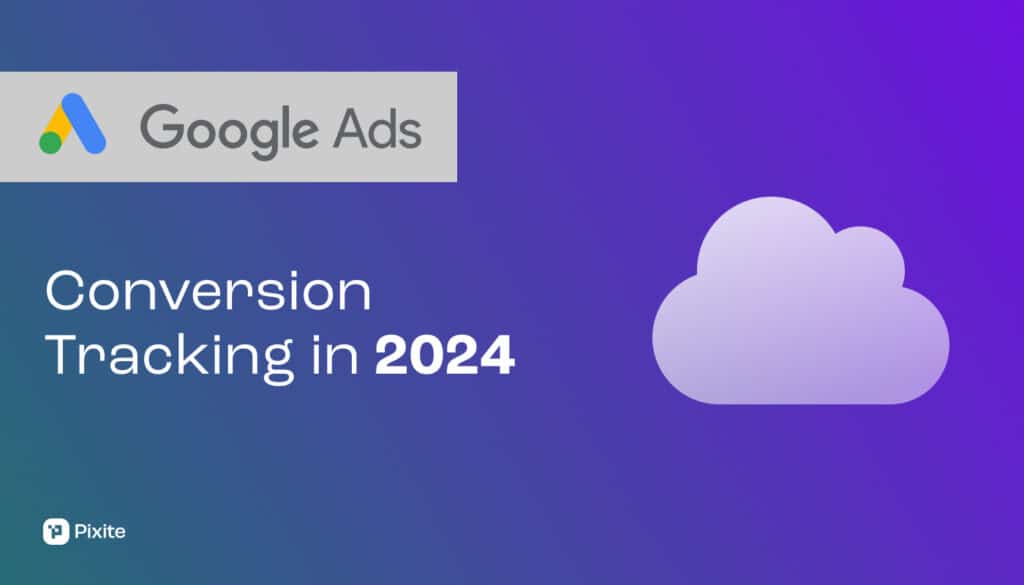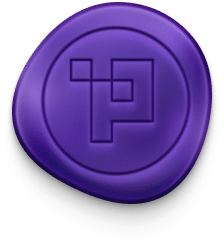Tracking Conversions: The Old vs. The New

Conversion tracking is the backbone of understanding how well your website is driving business goals. Whether it’s capturing leads, making sales, or getting sign-ups, tracking these actions is essential for fine-tuning your marketing strategies. Traditionally, conversion tracking has relied heavily on client-side methods like browser cookies and JavaScript snippets. But with the growing complexity of data privacy regulations and the evolution of web technologies, server-side conversion tracking is rapidly gaining traction as a more reliable alternative.
Let’s break down the key differences between traditional and server-side conversion tracking and see how each method can impact your data and performance.
Traditional Conversion Tracking: What You’re Used To
Most of us are familiar with traditional conversion tracking methods. These involve embedding tracking scripts (like Google Analytics or Meta Pixel) directly into the website’s code. When a user takes a desired action (such as completing a purchase), the browser sends data back to the tracking platform. The process is mostly handled by the user’s browser, hence the term “client-side tracking.”
How Traditional Conversion Tracking Works:
- A user visits your website.
- Tracking scripts are triggered by the browser when the user performs certain actions (e.g., clicking a button).
- The browser sends the event data (conversion data) directly to the tracking tool, like Google Ads or Facebook Ads Manager.
While this method has been the go-to for years, it’s not without its challenges.
Challenges with Traditional Tracking:
- Ad Blockers and Privacy Tools Many users now employ ad blockers or privacy-focused browsers that can block client-side tracking scripts, reducing the accuracy of your conversion data.
- Cookie Limitations With browser restrictions on third-party cookies and the growing trend of cookie-less browsing, tracking users across sessions and devices becomes more difficult.
Server-Side Conversion Tracking: The Modern Approach
Server-side conversion tracking moves the responsibility of tracking from the client (browser) to the server. Instead of the user’s browser handling the data transmission, the server takes over, sending data directly to tracking platforms. This offers a number of advantages in terms of accuracy, security, and reliability.
How Server-Side Conversion Tracking Works:
- A user interacts with your website, and this interaction is recorded.
- Instead of relying on the browser to send the conversion data, your server processes the event and sends it directly to the tracking platform.
- The tracking platform receives the data in a more controlled and secure manner.
Advantages of Server-Side Tracking
Server-side conversion tracking brings a host of benefits that make it a powerful upgrade over traditional methods:
- Improved Accuracy Server-side tracking circumvents the issues caused by browser blockers or script restrictions. Since the tracking data is sent from the server, ad blockers and browser limitations have little to no effect on your conversion data, resulting in more accurate reports.
- Greater Data Security Because data is sent directly from your server, it’s less vulnerable to interception or tampering. This provides better protection for sensitive information and ensures that your conversion data maintains its integrity.
- Enhanced Privacy Compliance With the rise of GDPR, CCPA, and other privacy regulations, server-side tracking allows you to better manage user consent and data. By handling tracking on the server, you have more control over how data is processed, stored, and shared.
- Cross-Device Tracking Server-side tracking makes it easier to stitch together a user’s journey across multiple devices. Since the server handles the data, it can better attribute conversions to the correct user, regardless of the device they’re using.
- Reduced Load on Client Devices Since tracking doesn’t rely on the browser to process scripts and send data, it reduces the load on the client-side, leading to potentially faster page load times and a smoother user experience.
Comparing Performance and Data Insights
Now that we’ve covered how each tracking method works, how do they stack up against each other when it comes to performance and insights?
- Performance Server-side tracking generally has a lighter impact on client-side performance. By offloading the tracking responsibilities to the server, your site can reduce the number of JavaScript files and scripts it needs to run, resulting in faster load times and improved user experience.
- Data Insights With server-side tracking, the quality of your data insights can significantly improve. Since you’re less reliant on the user’s browser and more in control of the data flow, you can capture a more complete and accurate picture of user behaviour. However, it requires a more sophisticated setup and maintenance compared to traditional tracking methods.
- Reliability Traditional tracking can be vulnerable to interruptions due to browser restrictions, ad blockers, and network issues. Server-side tracking, however, is more reliable because it bypasses these potential obstacles, ensuring that data is delivered more consistently.
- Cost and Complexity Server-side tracking requires more technical expertise and infrastructure, which can make it more complex and costly to implement compared to traditional tracking. For smaller websites, the investment may not always be justified, but for businesses with high-stakes conversions, it’s often well worth the effort.
Is Server-Side Tracking Right for You?
In an era where privacy, security, and data accuracy are becoming increasingly critical, server-side conversion tracking offers a more reliable and secure way to track your users’ behaviour. While traditional tracking is easier to implement, it’s becoming less effective as browsers crack down on third-party cookies and ad blockers gain popularity.
If you’re ready to step up your tracking game, improve your data accuracy, and protect user privacy, server-side tracking is the future. It may take a bit more work to set up, but the long-term benefits can give you a competitive edge in understanding your users and driving better business decisions.
Ready to make the switch? Contact us today to learn how we can help you implement server-side conversion tracking and optimise your digital performance for the modern web.
Info
Posted: August 16, 2024
Reading Time:5 minutes
Author
Table Of Contents

